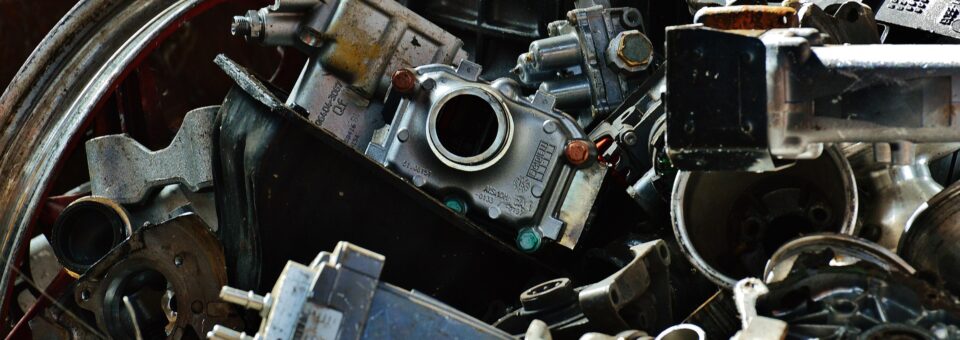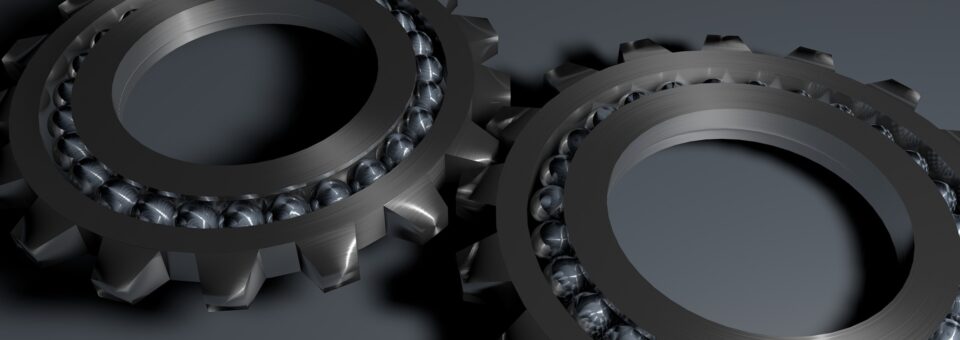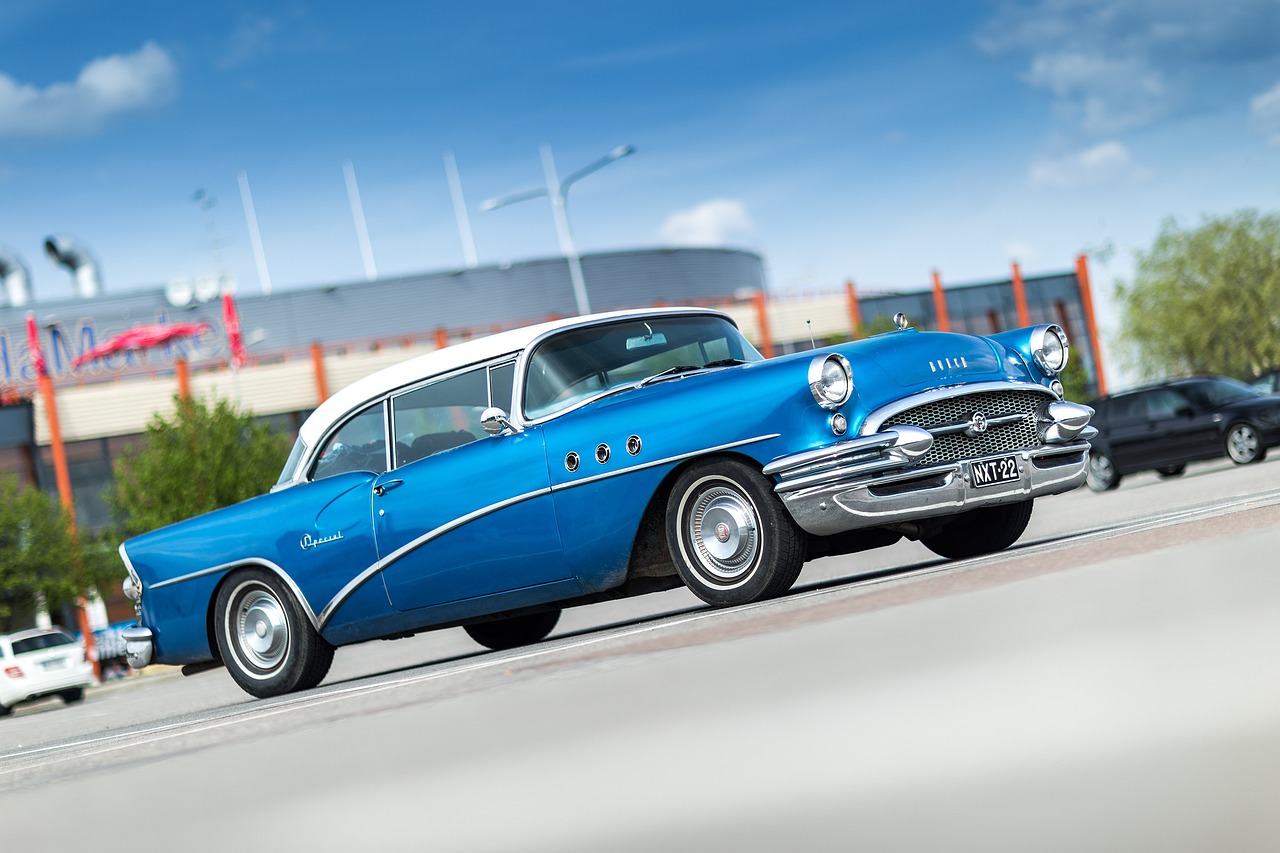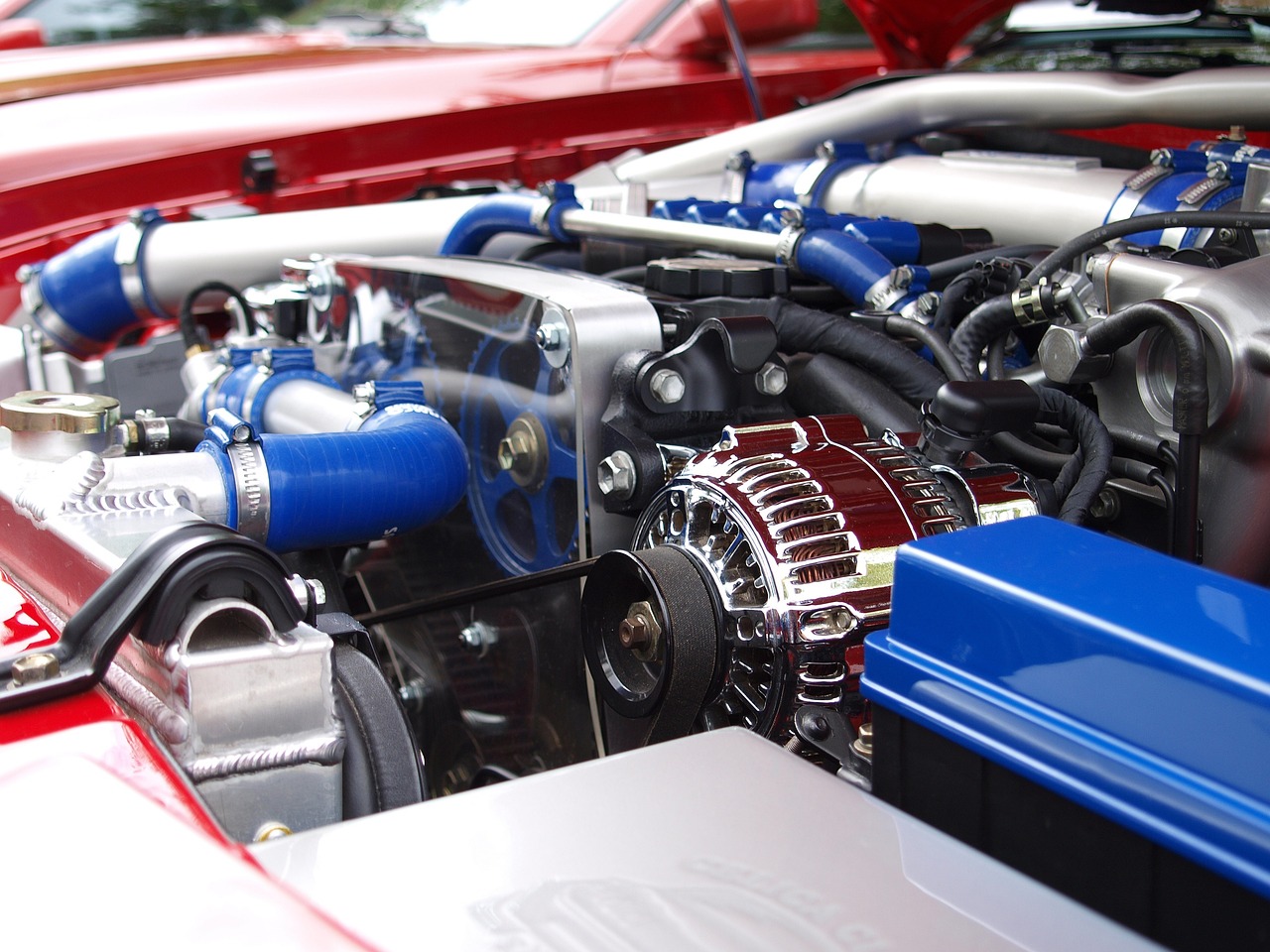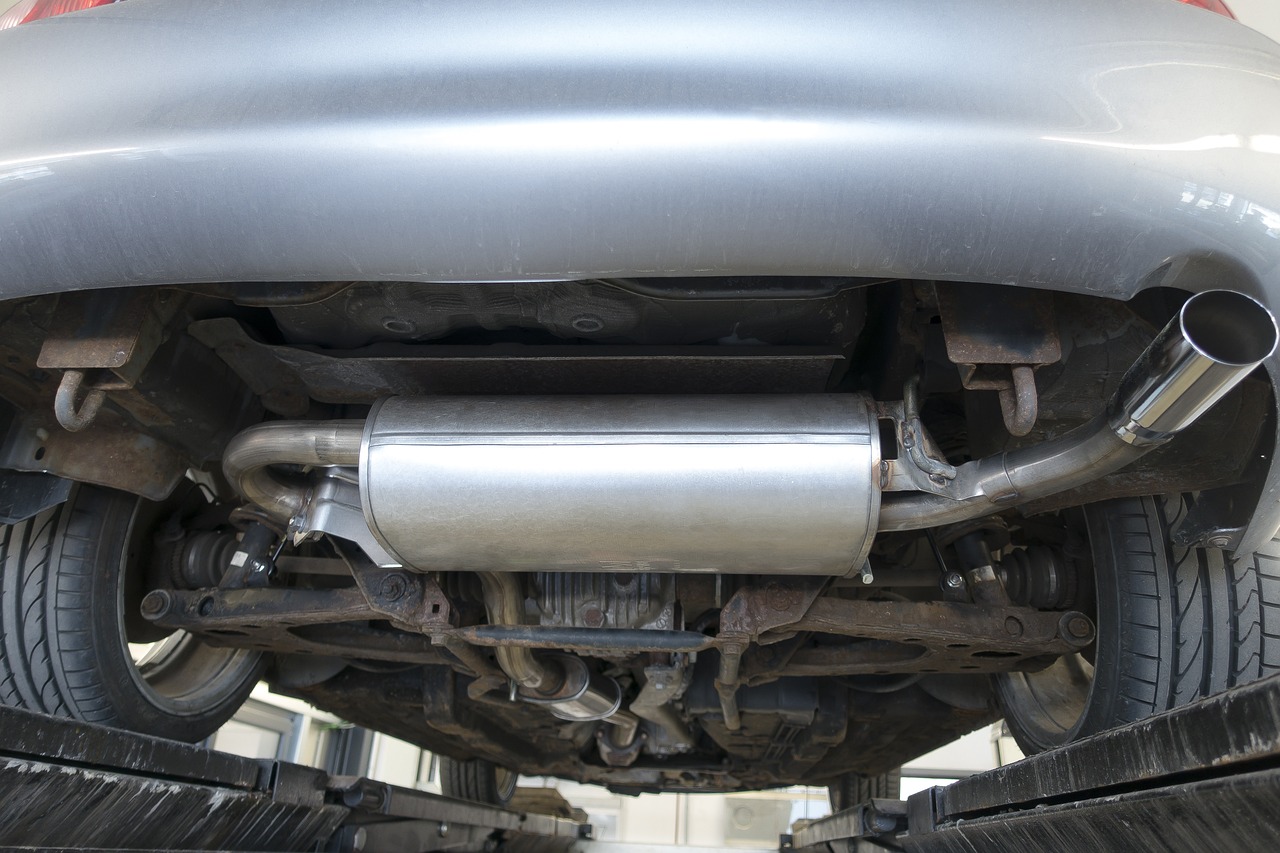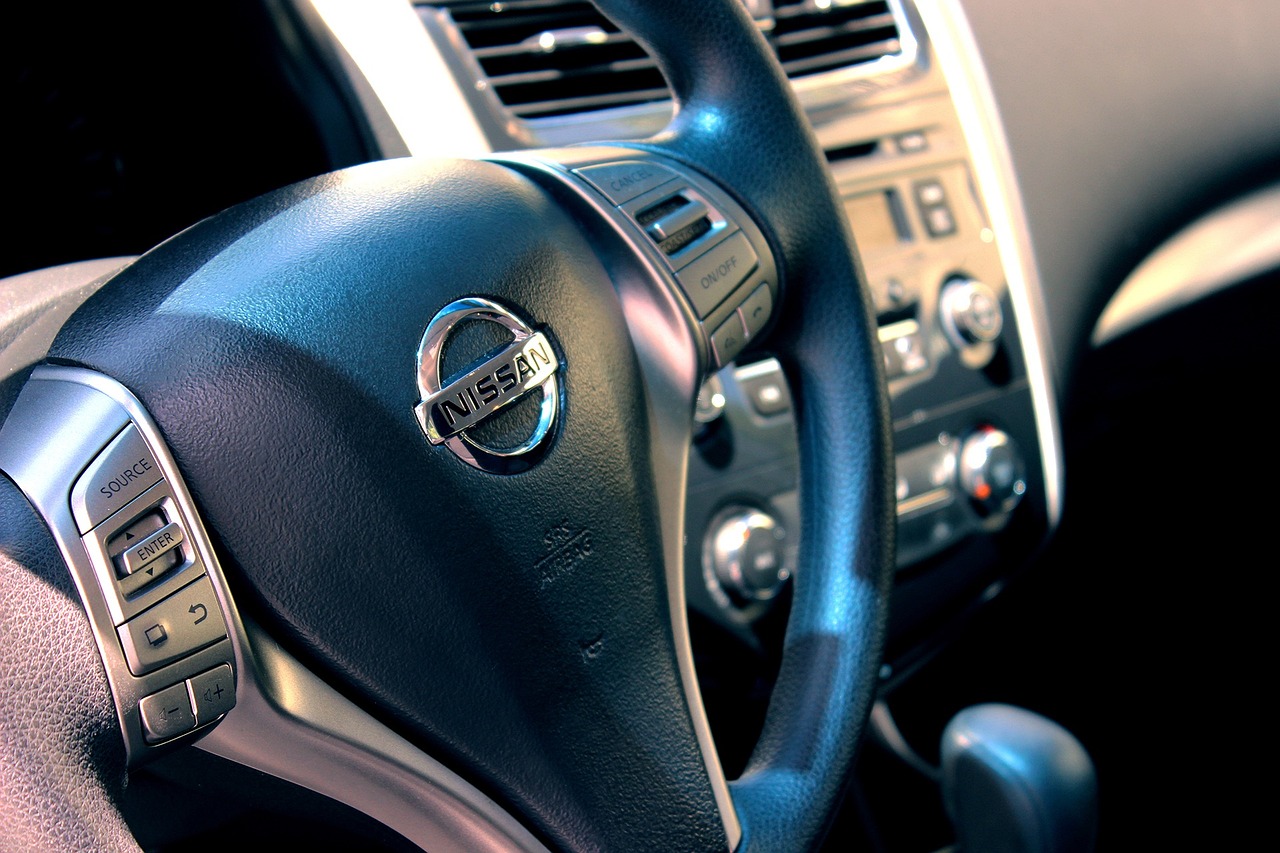Engine bay is the space in vehicle where the engine is located. The engine includes; a piston, carburetor, piston head, oil pump, exhaust manifold, water pump, engine mount, flywheel, turbo charger and fan. In a vehicle, all these parts must be in good condition in order for them to work properly. This is why serving a vehicle is very important.
Most Recent Articles
Under the Hood: Exploring the Hidden World of Essential Car Components
Most of us only focus on the outer part and interior when it comes to our cars.
Read MoreWhat Car Parts Do You Need in New York?
The things that make up your auto parts are the same across your car anywhere, but your car’s systems face different wear in different locales.
Read MoreDemystifying the Engine Bay: A Comprehensive Guide to Understanding Car Parts
From Bumpers to Bearings: A Deep Dive into Crucial Car Parts
It’s critical to have good knowledge about the core functions of various components in your car when driving through arterial modern city roads such as in New York. This knowledge guarantees struggle-free driving in a busy urban environment that can often be a stressful one.
Read MoreThe Science Behind Car Steering and Suspension Parts
Steering is one of the most subtle yet important car driving parts. With a decent steering system, driving would be much easier. Likewise, suspension parts like shocks and struts also play a significant role in your car’s performance and comfort. Brakes are another part of driving that many people never think about, yet you’re probably using them every time you want to slow down. If you think about it like an air brake system, a set of brakes will only work when more than one is applied, and how they interact with a suspension and wheels can dramatically affect how the car drives.

